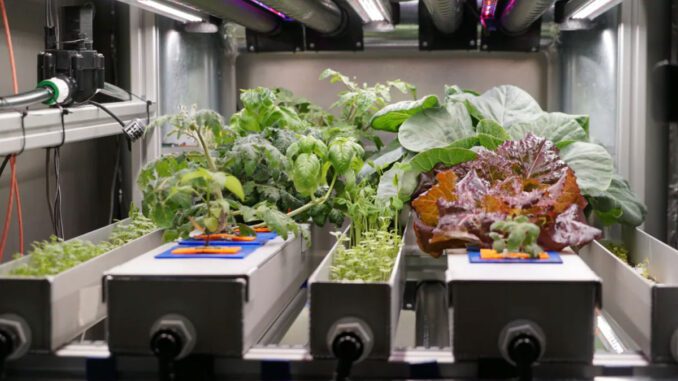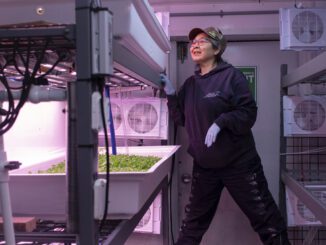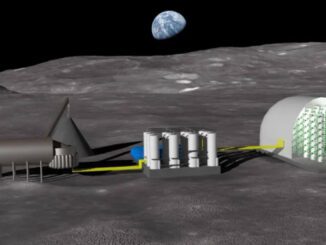
To boldly grow where no one has grown before: Space technology could help grow food in northern Labrador
Deep Space Food Challenge | William Ping |
IMAGE: This hydroponic-like growth chamber designed by researchers in Guelph, Ont., is one of multiple ideas in the running for the Deep Space Food challenge. Though the finalists have not yet been announced, the technology chosen by the Canadian Space Agency might also be used in Nunatsiavut. (Carmen Groleau/CBC)
When the Canadian Space Agency decided to look into the unlikely task of growing food in outer space, it looked toward a place on Earth that faces similar growing issues: northern Labrador.
Lynn Blackwood, a Labrador dietitian for over 20 years, had the expertise the agency needed.
“Think about the growing conditions in space and in the North and some of the constraints for both,” said Blackwood, the Nunatsiavut government’s food security programs manager. “Decreased growing time, decreased temperature, challenges in getting resources to both places, even getting resource people in to fix equipment.”
“The whole goal of the Deep Space Food Challenge is to develop innovative technologies to grow food in space with a component to hope that the technologies developed for space can also be used in a terrestrial application,” said Blackwood, a jury member for the project, evaluating ideas that have been submitted to the space agency for the challenge.
Up to four finalists will be chosen in the coming months and given a $100,000 grant to build full-scale demonstrations of their food production technology. A grand prize winner will be selected next year to receive $380,000 in grant funding for their idea.
Blackwood said she can’t get into specifics about which of the ideas are her favourites just yet, but she’s been wowed by the innovative ideas at play.
“In the North, much of the power is generated by diesel, and diesel can give off extra heat, so there’s interesting ways to gather heat that’s coming from a generation plant and be able to power a greenhouse.”
Blackwood said hydroponics play a big role in a lot of the ideas, as well as a focus on non-traditional produce, like spirulina, a nutritious form of algae.
Incorporating solutions into Nunatsiavut culture is important too, she said.
“Innovative ways to grow food married within the food system of the North, where many people follow that traditional lifestyle where they hunt and gather food.”
She said the technology being developed would make a huge difference to Nunatsiavut communities.
“People definitely would like to have more fresh produce available. As you can imagine, weather conditions can be really impactful on delivering fresh produce to the north in the winter time,” she said.
“There’s been times when I’ve been on the coast and in Nunatsiavut, and produce has been delivered and the plane may have come at a time when it wasn’t expected. And then the people who are expecting the freight aren’t notified and the freight is offloaded. And then it’s left there and in the temperature, it’ll freeze.”
Blackwood said that’s why infrastructure and system planning is also an important aspect of the ideas to consider.
“To improve food security, we’re going to need to look at it from a multipronged approach,” said Blackwood. “Food is so much more than just nutrients.”
Original Article: https://www.cbc.ca/news/canada/newfoundland-labrador/space-tech-food-labrador-1.6785599



